Lil Peep was known for his unique vocal style and mixing techniques that blended genres like emo, pop punk, and hip hop. Although he passed away in 2017 at the age of 21, his music lives on and continues to inspire artists today. In this guide, we'll break down Lil Peep's iconic vocal mixing style so you can achieve his sound in your tracks. Read on to learn how to mix your vocals like Lil Peep.
Pitch correction
Use pitch correction subtly, with a fast response time of 30-40 ms, to get your mix close to the Lil Peep sound. The goal is to subtly fix any pitch issues without making it sound robotic or overprocessed. Setting the response time faster allows pitch correction without drastically wavering notes.
You can set the effect settings based on the existing vocal performance. Just be careful not to overdo it to the point that it sounds artificial. The correct settings will add transparency and enhance the vocals. When applying pitch correction, it's best to tweak the key and response time to get the right correction balance.
De-esser to Remove Sibilance
De-Lessing can tame harsh “ess” sounds that may be grating or poke out too much in the mix. Even if there aren’t many sibilant consonants needing control, it’s wise to use de-using as a preventative measure. De-essing helps make the vocal sound smoother and less fatiguing. It gives the sound a lovely polish for professional results. The reduction may be subtle, but it keeps the esses under control.
De-essing can make the vocal sound lispy or muffled if overdone. The key is to apply just enough to smooth out sibilance without compromising clarity. Listen carefully to find the right threshold and reduction amount.
Shape Channel EQ
Equalization is critical for getting the right vocal tone. Here, the highs boost around 3 kHz to add clarity and crispness. Attenuate the mids around 1 kHz to create space. Roll off the lows under 100 Hz to control muddiness. A subtle high shelf that starts around 200 Hz can also help brighten the vocal. The goal of EQ here is to emphasize the strengths of the vocal tone while cleaning up problem areas like muddiness.
This subtractive and additive EQ shapes the tone nicely. When EQing vocals, it's helpful to visualize the frequency spectrum to understand which ranges need boosting or cutting. Sweeping through different frequencies can reveal problem spots. The correct EQ brings out the best in a vocal take.
Apply Compression
Apply compression in stages for smooth, even vocal-level control. A standard compressor provides gentle reduction, often around 5 dB. A second compressor adds more transparency and gain smoothing. Finally, a multi-band compressor tightens up specific frequency ranges. The compressors work together to create cohesive, controlled vocals. No single compressor needs to be drastic with layered compression like this.
Together, they tame peaks, add sustain, and tighten the vocals nicely. The result is a vocal that sits right in the mix. When setting compression, it helps to watch the gain reduction meters to avoid over-compressing. Starting with moderate ratios and thresholds retains dynamics.
Add Multi-presser
In addition to broadband compression, you can use a multi-band compressor (or multi-presser) to target problem frequencies. The multi-presser includes 3-4 bands that apply compression to lows, mids, and highs independently. Here, the multi-presser smoothes out peaks around 60 Hz, 1-2 kHz, and 5 kHz. It handles harshness in the mids and highs.
Multi-band compression is perfect for smoothing out uneven tones across different frequency ranges. It provides more transparent control over a standard compressor. With a multi-presser, be careful not to over-compress and flatten the vocal tone completely. The goal is to control problem frequencies, not remove dynamics entirely.
Bring in Distortion
A touch of distortion brings nice grit and thickness to the vocals. A small amount of drive or saturation fattens up the vocal and gives it an interesting texture. The distortion also helps the vocal cut through the mix better. Setting the output lower prevents the distortion from getting too intense.
Too much distortion would overpower the vocal tone, so it's best to err on the subtle side. A little distortion goes a long way toward solidifying and beefing up vocals. Experiment with different effects to find your favorite sound.
Add Reverb
Reverb creates a sense of space and atmosphere around the vocal. It helps embed the vocal in the track. Adjusting the dry/wet balance determines how prominent the reverb sounds. Reducing lows in the reverb input prevents muddiness. The reverb should sound natural without obscuring details.
Automating the reverb level in different sections can make it more dynamic. Overall, the right reverb makes the vocal sound vast and professional. When applying reverb, start with the shortest workable decay time and increase as needed.
Layer Backup Vocals
Add the backup vocals to create thickness and width in your mix. It involves recording the lead part a second time. These duplicate vocals are panned left and right and brought down around 8 dB quieter than the main lead. Doubling reinforces the vocal and gives it more body without being obvious. The backups follow the same signal chain but often with reduced highs, so they don't compete with the lead vocal in that register.
The doubled vocal makes the vocal sound full without cluttering the mix. When doubling vocals, the takes must be well-matched in tone and performance. Even tiny discrepancies can create an unpleasant rubbing effect.
Lil Peep's rare vocal tone blended his soft, melodic voice with a hard hip-hop attitude. You can recreate that melancholy atmospheric sound by studying his production and mixing style. Blending these elements allows the vocals to float over the beat while retaining presence and impact. You can mix your vocals with Lil Peep's iconic delivery with practice.
If you want to get the iconic Lil Peep sound on your mix in just a few clicks, you can get our Lil Peep Vocal Preset. It uses stock plugins and is compatible with all your favorite DAWs right out of the box. Just apply this preset on your track and get your desired sound.

